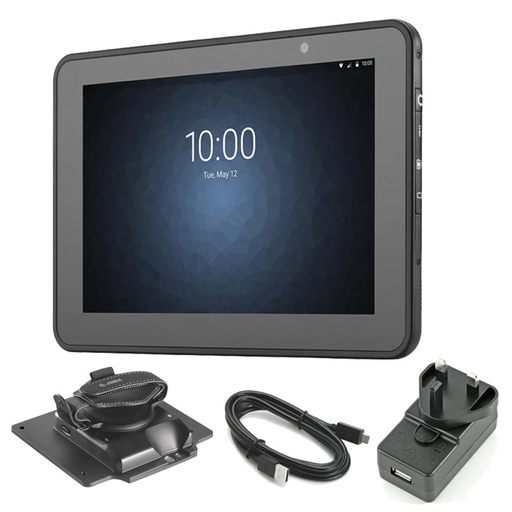ZBack: File Backup and Synchronization Without the Guesswork
ZBack is a lightweight backup and sync utility for Windows that skips the bloat and sticks to the essentials. It’s not built for the cloud or fancy dashboards — it’s built for people who need to copy, mirror, or backup files quickly, with full control over paths, filters, and execution modes.
Whether used interactively or scheduled in a script, ZBack handles both one-time jobs and recurring syncs without adding overhead. It’s portable, scriptable, and surprisingly effective for keeping directories aligned — either locally or across network shares.
What It Actually Offers
| Feature | What It’s Good For |
| One-Way and Two-Way Sync | Mirror folders, backup files, or detect changes in both directions. |
| Manual or Scheduled Use | Run ad hoc tasks or call from Task Scheduler or command line. |
| No Installation Required | Fully portable executable — no admin rights needed. |
| Robust Filtering Options | Include/exclude by extension, size, date, subfolder depth, and more. |
| Network Share Support | Works well with UNC paths and NAS devices. |
| Logging and Simulation | Preview changes before executing — and keep logs for auditing. |
| Safe Overwrite Handling | Detects conflicts and can prompt, skip, or back up overwritten files. |
How It Fits into a Backup Strategy
ZBack isn’t a cloud sync tool. It doesn’t compress, encrypt, or version files. Instead, it gives sysadmins and power users a no-nonsense way to:
– Backup user profiles or app data folders before OS reinstalls
– Keep folders on local disks or USB drives in sync with network storage
– Copy modified files from working directories to long-term storage
– Run fast one-off backups without installing anything
Its value lies in transparency: no hidden behaviors, no background services — what you see is exactly what runs.
Setup and Usage
ZBack requires no installation. Download the .exe, put it wherever needed, and launch.
To configure a task:
1. Choose source and destination directories.
2. Select operation type: sync, backup, update, or mirror.
3. Set filters and options if needed (e.g., exclude .tmp files or skip subdirs).
4. Click “Analyze” to preview the changes.
5. Run manually or export to a .cmd file for scheduled use.
For automation, ZBack supports command-line switches like:
zback.exe /s:”C:UsersData” /d:”D:Backup” /m:sync /auto
Practical Use Cases
– Workstation snapshots before deploying updates
– Copying reports or documents from office PCs to centralized shares
– Offline syncing to external drives before travel
– Incremental backups where only changed files need to be transferred
– USB flash drive cleanup by mirroring new files to a backup location
A Few Constraints to Consider
– No file compression or encryption — use external tools if needed.
– Doesn’t support cloud storage or FTP — it’s strictly local/network.
– Lacks modern GUI polish — but it gets the job done.
– Not ideal for system-wide imaging or OS-level recovery tasks.
Why It Still Gets Chosen
ZBack continues to find a place in IT toolkits for one reason: it’s predictable. For scenarios where simple file movement is all that’s needed — without overhead, without surprises — it outperforms more complex solutions.
It’s a tool that respects the user’s choices and stays out of the way. And for many sysadmins, that’s exactly what’s needed.







